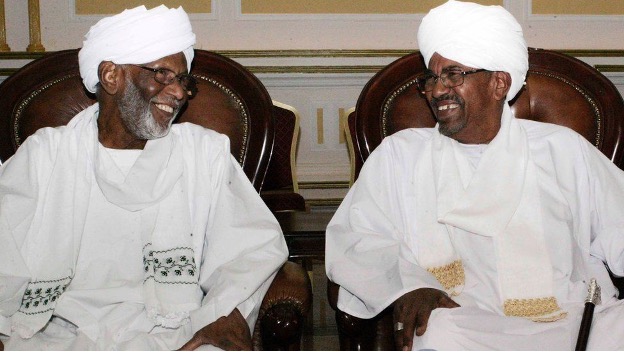
Renowned Kenyan sculptor Elkana Ong’esa stands tall, not just in stature, but in the monumental stone creations that grace prestigious locales like UNESCO headquarters in Paris and the United Nations in New York. Yet, despite his global acclaim, Ong’esa, 79, sees a stark imbalance in the art world – African art, deeply influential in Western movements, remains undervalued both within and beyond the continent.
“Western art owes a huge debt to Africa,” Ong’esa asserts, pointing to Picasso’s inspirations. But, he laments, “African art itself has been left behind.” His frustration stems not just from personal experience, but from a systematic undervaluing.
Ong’esa’s own monumental granite sculpture, destined for the Smithsonian Folklore Festival, serves as a stark example. Offered a record-breaking 1.2 billion Kenyan shillings (then $13.8 million), the 13-ton elephant’s journey was thwarted by bureaucratic roadblocks and alleged kickback demands. “Kenyan art would be in a different league” had the sale gone through, Ong’esa sighs.
Born into a lineage of artisans, Ong’esa’s journey began with shaping clay as a toddler, graduating to stone shards by childhood. His path led him to Makerere University and then McGill, where he encountered artistic expressions that ignited a creative fire. “It was a turning point,” he reflects, citing Inuit carvings and the negative space mastery of Henry Moore.
However, African roots anchor Ong’esa’s art. He sculpts with Kisii stone, unique to western Kenya, and infuses his creations with African myths and symbols. “Enyamuchera,” the “Bird of Peace” gracing UNESCO, draws inspiration from a Sub-Saharan African bird, embodying both fortune and misfortune. “It’s me,” Ong’esa declares, “my artistry, my Kisii identity.”
But his passion isn’t confined to global galleries. Ong’esa’s sculptures adorn Kisii’s streets, his garden-turned-art-school, and a museum he built to nurture local talent. His recent birthday celebration was a testament to his impact, with former students and artists showering him with reverence.
After a health battle forced a seven-year hiatus, Ong’esa is picking up his tools again, albeit with smaller pieces due to physical limitations. “I have a desire to do my art,” he confides, eyes gleaming. “When you cut a stone and see its inner beauty, it’s exhilarating.”
Elkana Ong’esa’s legacy extends beyond his awe-inspiring stone giants. He carves not just sculptures, but also a path for African art to claim its rightful place in the global spotlight, inspiring generations to come.




